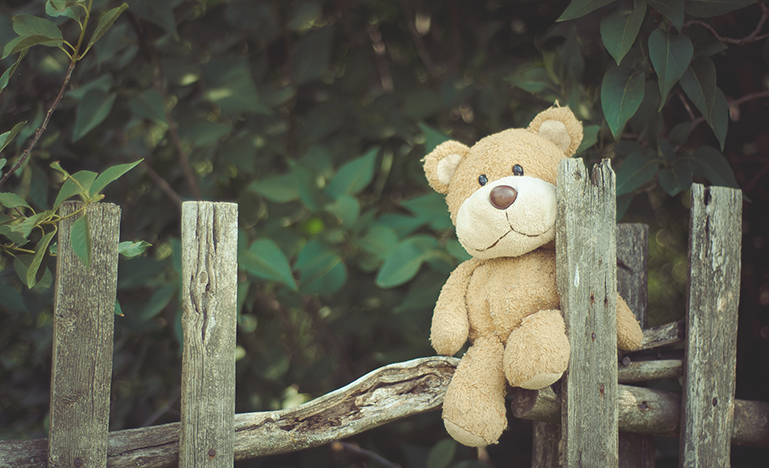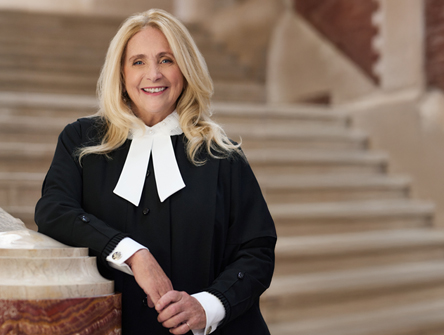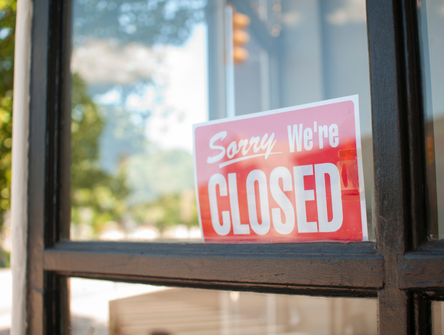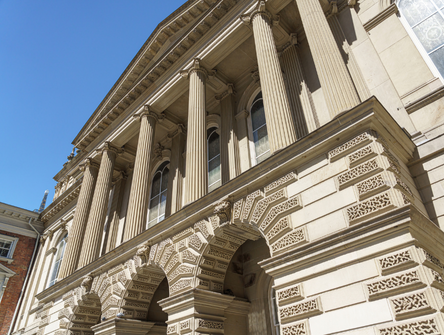A voice for the voiceless: making the case for children’s right
Canada ratified the United Nations Convention on the Rights of the Child in 1991. But do children have better access to justice as a result? Lawyers involved in children’s rights don’t think so — and they’re doing something about it.

“The UNCRC [signed by 195 countries] became the most widely ratified convention in history,” says Christian Whalen, Deputy Advocate and Senior Legal Counsel, Office of the Child and Youth Advocate in New Brunswick, and chair of the Children’s Law Committee of the Canadian Bar Association. “But is it just lip service? We have the sense that we’re just on the cusp of change in Canada.”
In fact, with few procedural rights in civil law and no advocates in family and other areas of law, children still lack a voice in the justice system, says Suzanne Williams, a lawyer with Brown Henderson Melbye in Victoria.
The situation has prompted the Ontario and New Brunswick branches of the CBA to create child and youth/children’s law sections, recognizing children’s rights as a multidisciplinary practice area. CBA Sections also responded, forming the Children’s Law Committee with representatives from 15 sections and conferences. Meanwhile, the UNCRC subcommittee of the CBA’s Children’s Law Committee is developing a children’s rights toolkit for lawyers.
It’s important for lawyers to understand that all areas of law affect children in direct and indirect ways, says Lucy McSweeney, Children’s Lawyer for the province of Ontario.
“What’s useful about the bar associations is that they’re practical; someone who normally practises personal injury law may not know about specific children’s rights, and a section specific to children and youth can help here,” said McSweeney, who is a member of the CBA’s Children’s Law Committee, and the founder and chair of the OBA’s Child and Youth Law Section.
Children’s legal issues cross over practice areas as diverse as personal injury, wills and estates, family, criminal, immigration and refugee, and even educational law, says section vice-chair Mary Birdsell, executive director of Justice for Children and Youth in Toronto.
For example, a child’s position in a discipline matter would be very different from the school board’s position; income
support is administered differently to teenagers than to adults; and even experts in criminal law may know little about youth criminal justice, she pointed out.
The children’s rights toolkit, which is being developed with the support of the Law for the Future Fund, is designed to address these gaps in understanding.
Over the next year, the UNCRC subcommittee will work with legal professionals across Canada, law schools, continuing legal education groups and others concerned with legal education on child and youth rights to develop comprehensive and contemporary content. The toolkit will be available to all legal and other professionals.
“Children’s rights are human rights,” yet they must be promoted independently, says Birdsell. “We think of children not as small adults, but not as property, either. They have unique vulnerabilities for which they are owed a duty of care [and] a rights-based approach.”
The only disadvantaged constituency left is children, she adds. “They don’t have a vote. How do we create institutions that are going to be able to effectively support those that remain voiceless? It’s a conversation that’s not even on the radar in Canada.
Best interests ignored
In 2012, the UNCRC’s Committee on the Rights of the Child raised significant concerns about Canada’s compliance efforts, says Donna J. Martinson, a retired BC judge who chairs the UNCRC subcommittee of CBA’s Children’s Law Committee and leads the toolkit project along with Christian Whalen.
“There are many children in Canada who experience human rights violations on a daily basis. But they don’t have adequate information about their rights, and don’t have the ability to remedy those violations,” Martinson noted in an email.
“Too many children are living in poverty, without adequate education or healthcare, and experiencing violence of all kinds, while at the same time having their best interests undervalued or completely ignored,” added Martinson, who, together with Suzanne Williams, co-chaired a recent Vancouver conference on access to justice for children.
“Children rarely have the chance to participate in the making of decisions that impact significantly upon their lives, and they almost never have separate legal representation. Urgent attention is required both generally, and with respect to the particular concerns of Indigenous children.”
There has been some evolution at the public-policy level in how parliamentarians or decision-makers view children’s rights, added Williams, an associate of the International Institute for Child Rights and Development.
In the mid-2000s, Canada’s standing committee on children’s rights advocated a rights-based approach. Now, “in the legal world, it’s not uncommon to see ‘views of the child’ ” considered in decision-making, Williams noted. “That wasn’t there 20 years ago.”
But there is still room for Canada to play a leadership role in children’s rights, Birdsell says. The CBA’s Children’s Law Committee is pushing the federal government to establish a national children’s commissioner. Most provinces have a child/youth advocate, but this still leaves a gap for children involved in federal matters, such as aboriginal law and immigration, says Whalen.
Rights of the Child
Here are three examples of protected rights under the UN Convention.
Article 12
1. States Parties shall assure to the child who is capable of forming his or her own views the right to express those views freely in all matters affecting the child, the views of the child being given due weight in accordance with the age and maturity of the child.
2. For this purpose, the child shall in particular be provided the opportunity to be heard in any judicial and administrative proceedings affecting the child, either directly, or through a representative or an appropriate body, in a manner consistent with the procedural rules of national law.
Article 19
1. States Parties shall take all appropriate legislative, administrative, social and educational measures to protect the child from all forms of physical or mental violence, injury or abuse, neglect or negligent treatment, maltreatment or exploitation, including sexual abuse, while in the care of parent(s), legal guardian(s) or any other person who has the care of the child.
2. Such protective measures should, as appropriate, include effective procedures for the establishment of social programmes to provide necessary support for the child and for those who have the care of the child, as well as for other forms of prevention and for identification, reporting, referral, investigation, treatment and follow-up of instances of child maltreatment described heretofore, and, as appropriate, for judicial involvement.
Article 22
1. States Parties shall take appropriate measures to ensure that a child who is seeking refugee status or who is considered a refugee in accordance with applicable international or domestic law and procedures shall, whether unaccompanied or accompanied by his or her parents or by any other person, receive appropriate protection and humanitarian assistance in the enjoyment of applicable rights set forth in the present Convention and in other international human rights or humanitarian instruments to which the said States are Parties.


